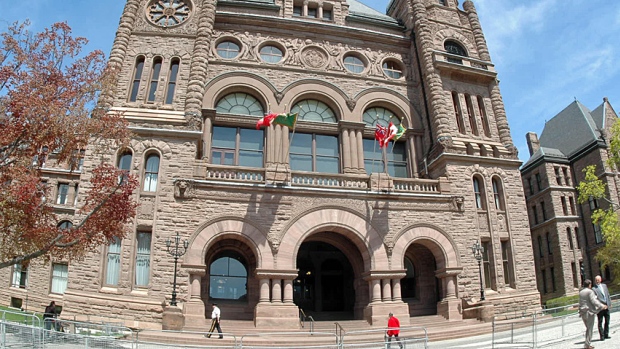Province Taking Action to Ensure All People Feel Safer and More Protected
Ontario is taking action to build a province where all people feel safer and more protected in their homes and communities by passing comprehensive community safety legislation.
Through the Safer Ontario Act, 2018, the province will improve police oversight, transparency and accountability, enhance civilian governance, respond to the needs and realities of Ontario’s diverse communities and mandate local community safety and well-being planning.
The legislation will transform Ontario’s policing framework by:
- Shifting to a proactive and collaborative approach to community safety and well-being planning, where municipalities will take the lead in defining and addressing local needs. Through this approach, vulnerable populations can receive the help they need, when and where they need it most, from the providers best suited to support them. Municipalities will be mandated to work with police services and local service providers in health care, social services and education to develop community safety and well-being plans that proactively address locally identified community risks.
- Enhancing accountability to the public by creating a new Inspector General with a mandate to support public safety by overseeing and monitoring police services and police service boards. All board members will be required to complete training with respect to human rights and systemic racism, including respect for the rights and cultures of Ontario’s First Nation, Inuit and Métis peoples. Reporting requirements for boards will also be strengthened, as will requirements to help make them more diverse and representative of the communities they serve. The act will also increase the minimum and maximum police service board size, to ensure that communities have the ability to decide the right representation for their communities. The province is also updating the police disciplinary process, and will require a new conflict of interest standard be developed.
- Strengthening the police oversight system, a measure in line with Justice Tulloch’s recommendations made in the Independent Police Oversight Review, which will be achieved by:
- Expanding and clarifying the mandates of the three oversight bodies
- Introducing measures to ensure compliance with investigations
- Setting timelines for investigations and public reporting
- Increasing transparency by releasing more information about the results of investigations and disciplinary hearings
- Requiring the oversight bodies to provide training for employees that promotes recognition and respect for the diverse, multicultural character of Ontario society and the rights and cultures of First Nation, Inuit and Métis Peoples.
- Outlining police responsibilities and community safety service delivery. The new act will ensure police education and training, including techniques to de-escalate a situation, are consistent across the province. In addition to these legislative provisions, the ministry will also create a Public Safety Institute to inform the delivery of policing services, support evidence-based decision making and ensure delivery of expert training to increase public confidence in policing.
- Supporting the sustainability of First Nations policing by enabling First Nations to choose their policing service delivery model, including, for the first time ever, the option to come under the same legislative framework for policing as the rest of Ontario. This will ensure First Nations receive culturally responsive, sustainable, accountable, and equitable policing that has the flexibility to address specific community needs. The l egislation also guarantees an important mechanism to ensure that First Nations receive appropriate funding to provide for adequate and effective policing in their community. This represents an historic step for First Nation policing in Ontario.
The legislation also:
- Creates a new Missing Persons Act to give police services new tools when responding to missing persons occurrences. These changes will allow police to respond more quickly and effectively to missing persons investigations.
- Changes the Coroners Act to improve Ontario’s inquest system by requiring that inquests be mandatory when the use of force of a police officer, special constable or other auxiliary member of a police force is the cause of a death.
- Improves oversight and accountability of forensic laboratories through the creation of the Forensic Laboratories Act. The act requires any laboratory in Ontario conducting certain forensic testing to be accredited to international standards. Accreditation will ensure a system of quality control for forensic laboratories that includes proficiency testing, annual audits, performance reports, surveillance visits, management reviews and a code of conduct.
Ontario’s plan to create fairness and opportunity during this period of rapid economic change includes a higher minimum wage and better working conditions, free tuition for hundreds of thousands of students, easier access to affordable child care, and free prescription drugs for everyone under 25 through the biggest expansion of medicare in a generation.
|


Leave a Reply